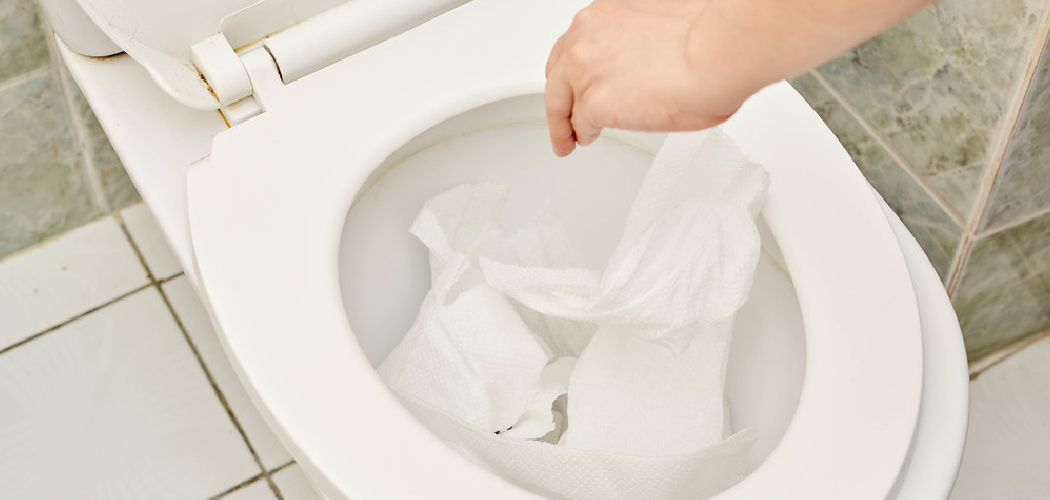Proper disposal of toilet paper is not merely a matter of personal hygiene but also plays a critical role in maintaining the integrity and functionality of plumbing and sewage systems. Inappropriate disposal can lead to blockages, environmental pollution, and increased maintenance costs. Understanding how to flush toilet paper correctly is essential for everyone to contribute positively to environmental sustainability and public health.
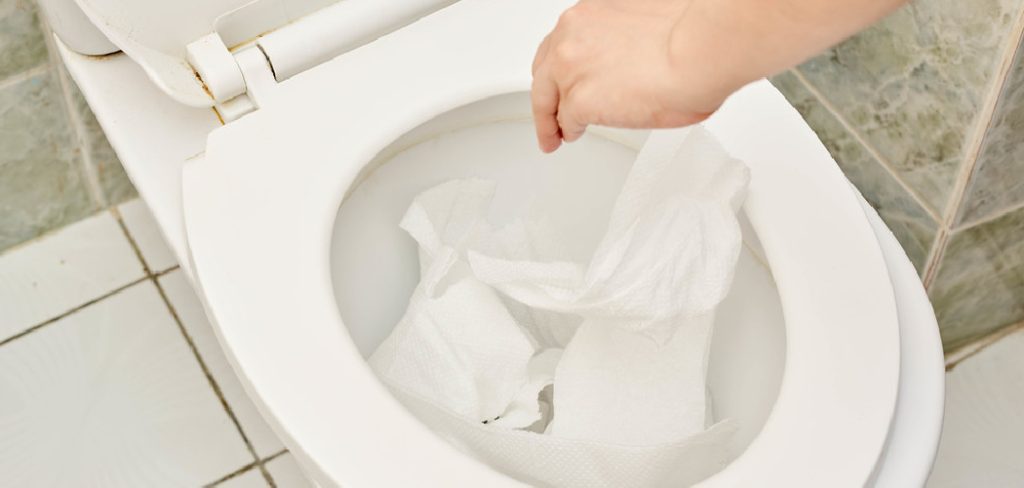
When done correctly, flush toilet paper is a hygienic, safe, and environmentally responsible disposal method. It involves using the right amount of toilet paper and ensuring it is designed to disintegrate quickly once flushed. This section provides an overview of the process and techniques for flushing toilet paper effectively, minimizing the risk of clogs in the sewage system, and ensuring a clean and sanitary restroom environment.
Adopting environmentally friendly flushing practices not only helps reduce the strain on sewage treatment facilities but also contributes to the broader goal of environmental conservation. By learning how to flush toilet paper properly and making informed choices about our products, individuals can significantly reduce their environmental footprint, promote water conservation, and support sustainable living initiatives.
Understanding Flushable Toilet Paper
Toilet paper comes in various forms, each designed to suit different preferences and needs. The main types include one-ply, two-ply, and three-ply, which refer to the number of layers used. There are also specialized varieties such as scented, colored, and lotion-infused. However, not all these types are suitable for flushing, especially in sensitive sewage systems or septic tanks.
Flushable toilet paper is specifically designed to disintegrate quickly once submerged in water. This rapid breakdown helps prevent clogs and ensures smooth passage through plumbing and sewage systems. Key characteristics include being unscented, free from lotion, and made from biodegradable materials. The texture is another factor, with flushable paper typically being softer and less dense, facilitating easier breakdown.
The environmental impact of toilet paper, flushable or otherwise, is significant. Flushable toilet paper, while preferable for sewage systems, still requires considerable water and energy for production and subsequent breakdown.
Non-flushable options, such as wipes and thicker, luxury toilet papers, contribute to blockages and increased maintenance of sewage systems, alongside their higher environmental footprint in production. Choosing environmentally responsible, flushable toilet paper can help reduce both the strain on sewage systems and the broader ecological impact.
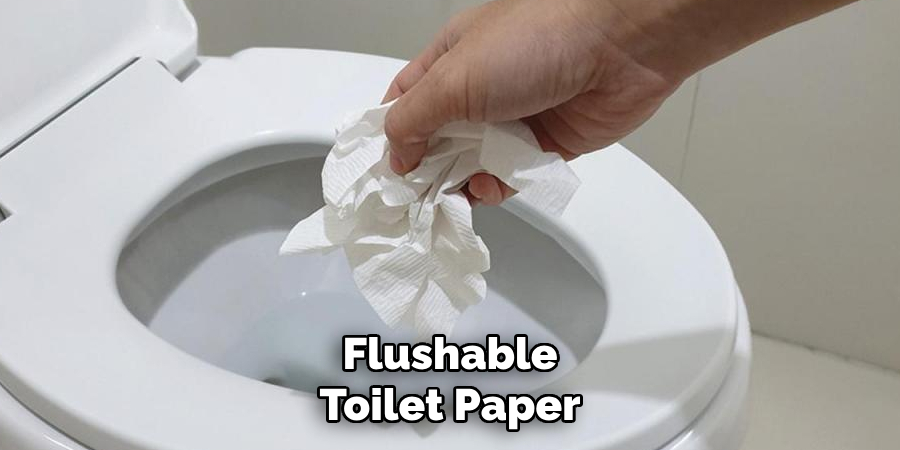
How to Flush Toilet Paper: Step-by-Step Guide
Step 1. Using the Right Amount of Toilet Paper
The first step in effectively flushing toilet paper involves using the correct amount. Overuse can lead to clogs and environmental strain, while underuse might not meet hygienic needs. A general guideline is to use three to four squares per wipe, depending on the ply of the toilet paper. This amount balances cleanliness with environmental considerations and system efficiency.
Step 2. Placing Toilet Paper in the Bowl Properly
Once the proper amount of toilet paper is used, the next step is to correctly place it in the toilet bowl. The paper should not be crumpled into a tight ball, which can hinder its disintegration process.
Instead, lightly fold the used toilet paper, allowing it to open up in water and facilitate a quicker breakdown. This method helps prevent potential blockages and ensures the paper can easily move through the sewage system.
Step 3. Initiating the Flush
After placing the toilet paper properly in the bowl, it’s time to initiate the flush. It’s crucial to ensure that the flushing mechanism is fully activated, meaning the handle or button is pressed firmly to release a full flush.
Some modern toilets are equipped with dual flush options; in such cases, use the appropriate button for solid waste, providing a more thorough flush suitable for toilet paper disposal. This step is pivotal in efficiently transporting the toilet paper through the plumbing, reducing the likelihood of clogs and maintaining the system’s integrity.
How to Flush Toilet Paper: Best Practices for Flushing Toilet Paper
A. Avoiding Excessive Use of Toilet Paper
The foundational rule for maintaining both environmental sustainability and plumbing health is to minimize the use of toilet paper. Effective personal hygiene doesn’t necessitate excessive use; instead, a mindful approach can significantly reduce the risk of clogs and environmental impact.
As previously mentioned, adhering to the guideline of three to four squares per wipe helps maintain a balance. Individuals can also consider using bidets or toilet paper alternatives for certain situations, further reducing reliance on traditional toilet paper.
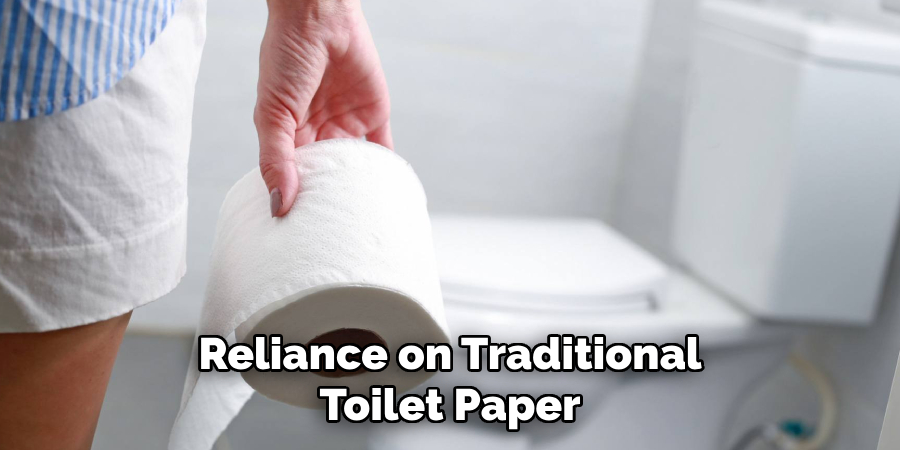
B. Choosing High-Quality, Biodegradable Toilet Paper
Selecting the right type of toilet paper plays a crucial role in environmental conservation and the seamless operation of sewage systems. Opting for high-quality, biodegradable toilet paper ensures that it breaks down quickly and efficiently when flushed.
Consumers should look for products that are made from recycled materials or sourced from sustainably managed forests. These options support the environment and provide the necessary functionality without compromising on softness or strength.
C. Ensuring Proper Disposal Methods
Educating oneself and others on proper disposal methods is essential. This includes understanding what can and cannot be flushed down the toilet. Only human waste and toilet paper designed for flush systems should go down the drain. Items such as wipes (even those labeled as flushable), sanitary products, and other non-biodegradable materials must be disposed of in a bin.
Public awareness campaigns and clear signage in restrooms can assist in communicating these essential disposal practices to a wider audience, helping to prevent blockages and fostering a more sustainable approach to personal hygiene.
Addressing Common Concerns
A. Dealing with Clogs and Blockages
Clogs and blockages in plumbing systems are a common concern associated with using toilet paper. To address this effectively, the first step is to identify and remove any visible blockage using a plunger or a plumber’s snake.
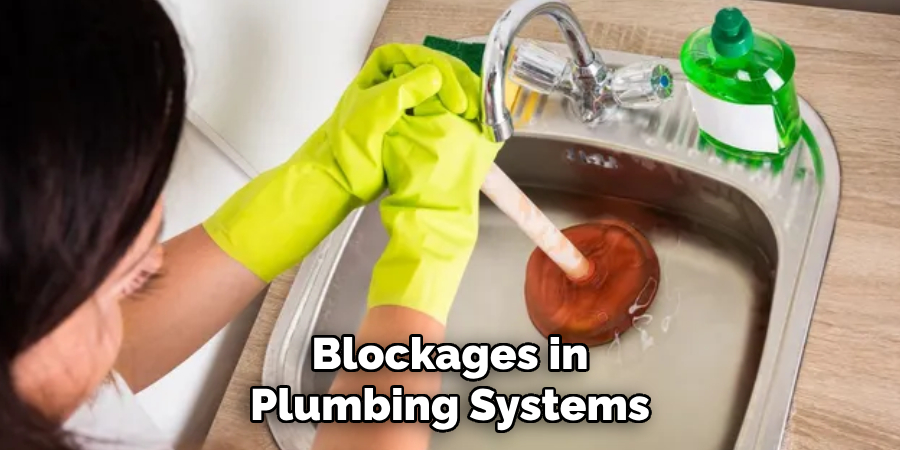
Regular maintenance and prompt action upon the first signs of a slow drain can prevent major blockages. Professional plumbing services might be necessary for persistent issues. Additionally, reducing the amount of toilet paper used and ensuring only suitable materials are flushed can significantly decrease the likelihood of clogs.
B. Understanding Sewage System Limitations
It’s crucial to recognize that sewage systems vary in their capacity to handle waste and biodegradable materials like toilet paper. Older systems may have narrower pipes or less efficient processing facilities, which can be easily overwhelmed by excessive toilet paper use or non-flushable items.
Adhering to local guidelines on waste disposal and being mindful of the type and quantity of toilet paper used can help mitigate strain on these systems. Regular updates and maintenance of sewage infrastructure are also vital for accommodating modern waste disposal needs.
C. Mitivating Environmental Impact
The production and disposal of toilet paper have notable environmental impacts, including deforestation, water use, and carbon emissions. Consumers are encouraged to choose toilet paper made from recycled materials or sustainably sourced fibers to mitigate these effects.
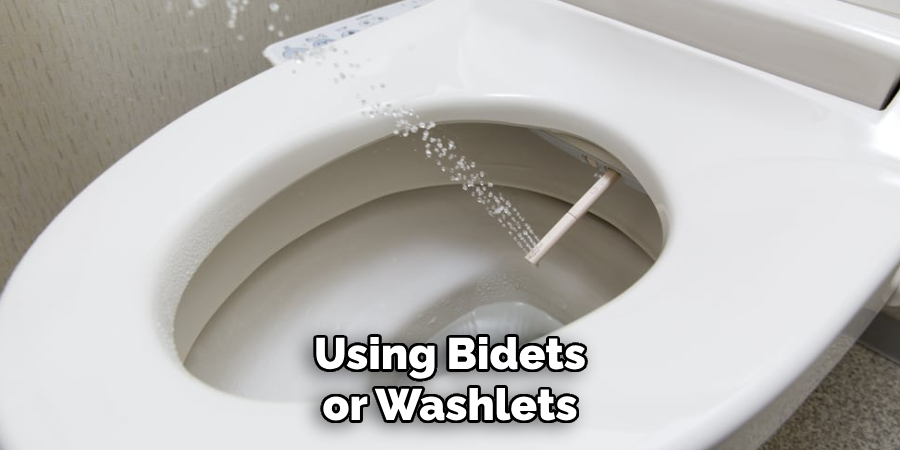
Additionally, reducing overall consumption by using bidets or washlets as alternatives or supplements to toilet paper can significantly lessen environmental footprints. Advocacy for and support of eco-friendly policies and practices in toilet paper production, coupled with personal consumption choices, are key to lessening environmental impacts.
Alternatives to Flushing Toilet Paper
In an effort to address environmental concerns and improve sanitation efficiency, exploring alternatives to traditional toilet paper and its disposal methods has become increasingly relevant. Here’s a closer look at viable options.
A. Using Bidets or Water Sprays for Cleaning
Bidets and water sprays offer a sustainable alternative to toilet paper, significantly reducing paper waste. Using a stream of water for cleaning provides a more hygienic solution that can lead to less irritation and a cleaner feel.
Bidets, either standalone fixtures or attachments for existing toilets, have become more accessible worldwide, encouraging a shift towards water-based personal hygiene practices.
B. Exploring Composting or Recycling Options
Composting or recycling presents an environmentally friendly disposal method for those still using toilet paper, particularly when using biodegradable toilet paper. Composting toilet systems convert human waste and toilet paper into compost that can be safely used in non-food gardens, reducing sewage output and the need for chemical processing.
Recycling, though not directly applicable to used toilet paper, encourages the use of recycled toilet paper products, thereby supporting the recycling industry and reducing the demand for virgin pulp.
C. Incorporating Eco-Friendly Toilet Paper Alternatives
There are several eco-friendly toilet paper alternatives available that are designed to lessen environmental impact. These include toilet paper made from recycled paper or sustainable sources like bamboo and hemp, which grow faster, require less water, and produce less carbon emissions than traditional wood pulp.
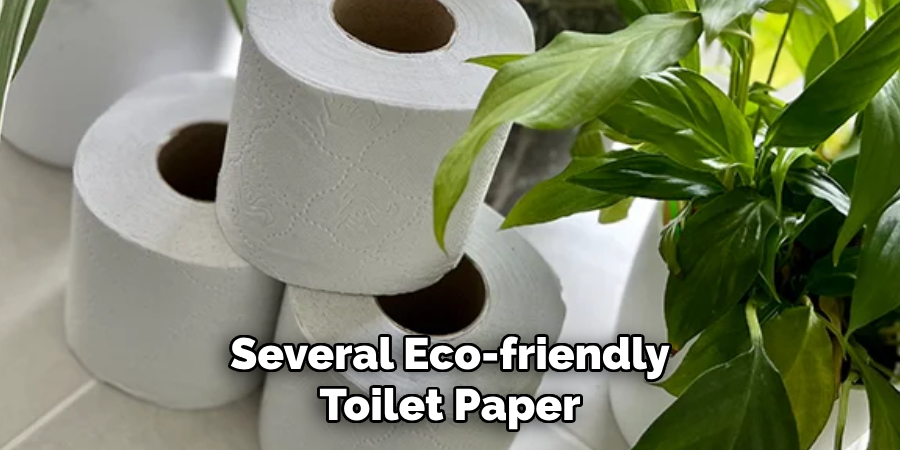
Some brands also offer unbleached or chemical-free options, further reducing their environmental footprint. Choosing these alternatives supports sustainable practices and minimizes the ecological impact of personal hygiene routines.
Implementing these alternatives contributes to preserving natural resources and reducing waste and aligns with the growing global emphasis on sustainable living. By considering these options, individuals can contribute to the collective effort to mitigate the environmental impact of daily habits.
Environmental Considerations
Environmental sustainability has become a central concern in all aspects of daily life, including using and disposing of toilet paper. Below are the critical factors to consider:
A. Impact of Toilet Paper Production on Forests
The production of traditional toilet paper primarily relies on virgin wood pulp, contributing significantly to deforestation. Forests are crucial in carbon sequestration, biodiversity conservation, and maintaining global ecological balance.
The loss of forests to meet the demand for toilet paper exacerbates climate change, disrupts habitats for countless species, and leads to the disturbance of indigenous communities dependent on these ecosystems.
The push towards using recycled materials and sustainable sources like bamboo and hemp aims to lessen the environmental footprint of toilet paper production, representing a critical step towards preserving the world’s forests.
B. Pollution Caused by Improper Toilet Paper Disposal
Improper disposal of toilet paper, especially those not designed to disintegrate in water, can lead to significant pollution. This issue is particularly acute in water bodies where non-biodegradable materials build up debris and pollutants, harming aquatic life and ecosystems.
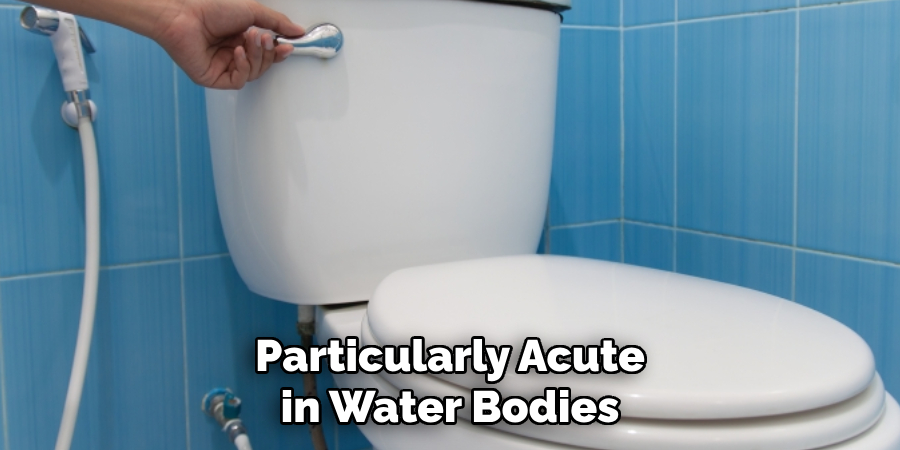
Sanitary products, including non-flushable wipes and certain types of toilet paper, that are disposed of inappropriately can find their way into rivers and oceans, leading to pollution and posing a threat to marine species. Public education on proper disposal practices is essential in combating this form of pollution.
C. Sustainable Solutions for Reducing Toilet Paper Waste
Adopting sustainable solutions is imperative to lessen the environmental impact of toilet paper waste. These include:
- Increasing the Use of Recycled and Sustainably Sourced Toilet Paper: By choosing products made from recycled materials or fast-growing, water-efficient plants like bamboo and hemp, individuals can reduce the demand for virgin wood pulp.
- Implementing Water-based Cleaning Methods: Bidets and water sprays reduce the reliance on toilet paper, offering an eco-friendly alternative that can significantly reduce paper waste.
- Promoting Composting and Recycling: For those who use toilet paper, composting systems turn waste and biodegradable toilet paper into a resource, while recycling programs support the market for recycled paper products.
- Educating the Public: Awareness campaigns highlighting the environmental impacts of toilet paper production and misuse and advocating for sustainable alternatives can drive change at the consumer level.
Adopting these sustainable solutions represents a collective effort to reduce the environmental footprint of bathroom habits and contribute to the preservation of natural resources for future generations.
Educating Others
In the quest for environmental sustainability, educating others plays a vital role. It’s not only about choosing eco-friendly alternatives but also about spreading knowledge and encouraging responsible practices.
A. Promoting Awareness of Proper Toilet Paper Disposal
Educating the public on the importance of proper toilet paper disposal is crucial. Many are unaware that flushing non-biodegradable products can severely impact the sewage system and the environment.
Environmental organizations and community leaders can launch awareness campaigns and use social media platforms to inform individuals about the consequences of improper disposal and the benefits of disposing of toilet paper correctly.
B. Encouraging Responsible Flushing Practices
Responsible flushing practices involve understanding what can and cannot be flushed down the toilet.
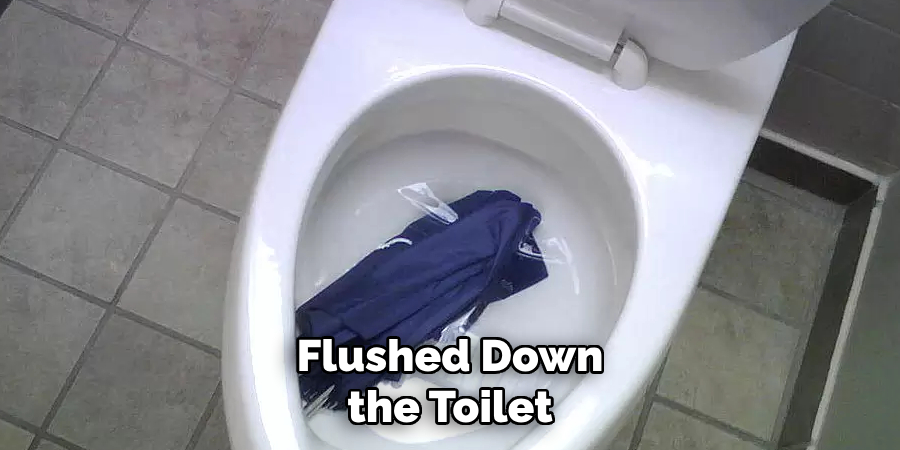
Educating households about the dangers of flushing anything other than human waste and toilet paper — such as wet wipes, sanitary products, and medication — can prevent blockages in the sewage system and pollution in our waterways. Workshops, informative brochures, and school programs can serve as effective mediums for spreading this message.
C. Advocating for Sustainable Toilet Paper Alternatives
Advocacy for sustainable toilet paper alternatives is key to reducing environmental impact. Advocates can influence consumer behavior by promoting the use of recycled bamboo or hemp toilet paper through educational events, social media, and collaborations with retailers. Additionally, highlighting the benefits of bidets and water sprays as alternatives to traditional toilet paper can encourage more people to adopt these eco-friendly solutions.
Through education and advocacy, the goal is to foster a community that is informed about their impact on the environment and motivated to make sustainable choices in their daily lives.
Conclusion
Understanding how to flush toilet paper responsibly is foundational to reducing environmental impact. Opt for toilet paper that is both biodegradable and sourced from recycled or sustainable materials. This minimizes deforestation and ensures that the paper disintegrates efficiently, reducing potential blockages and pollution in the sewer systems.
The role of responsible toilet paper disposal cannot be overstated. By ensuring that only human waste and suitable toilet paper are flushed, we mitigate the risk of pollution to our water systems, protect marine life, and uphold the integrity of sewage and septic systems. Educating communities on these practices is essential in fostering an environmentally aware society.
The following guidelines serve as a beacon for those pondering how to flush toilet paper in an environmentally friendly manner. First, make a conscious choice by selecting recycled or sustainably sourced products. Second, reliance on traditional toilet paper should be reduced through the use of bidets or water sprays. Lastly, engage in and promote educational efforts to spread awareness of the environmental implications of toilet paper use and disposal.
By adhering to these best practices and recommendations, every individual can contribute to a larger, collective effort to maintain environmental sustainability and protect our planet for future generations.

